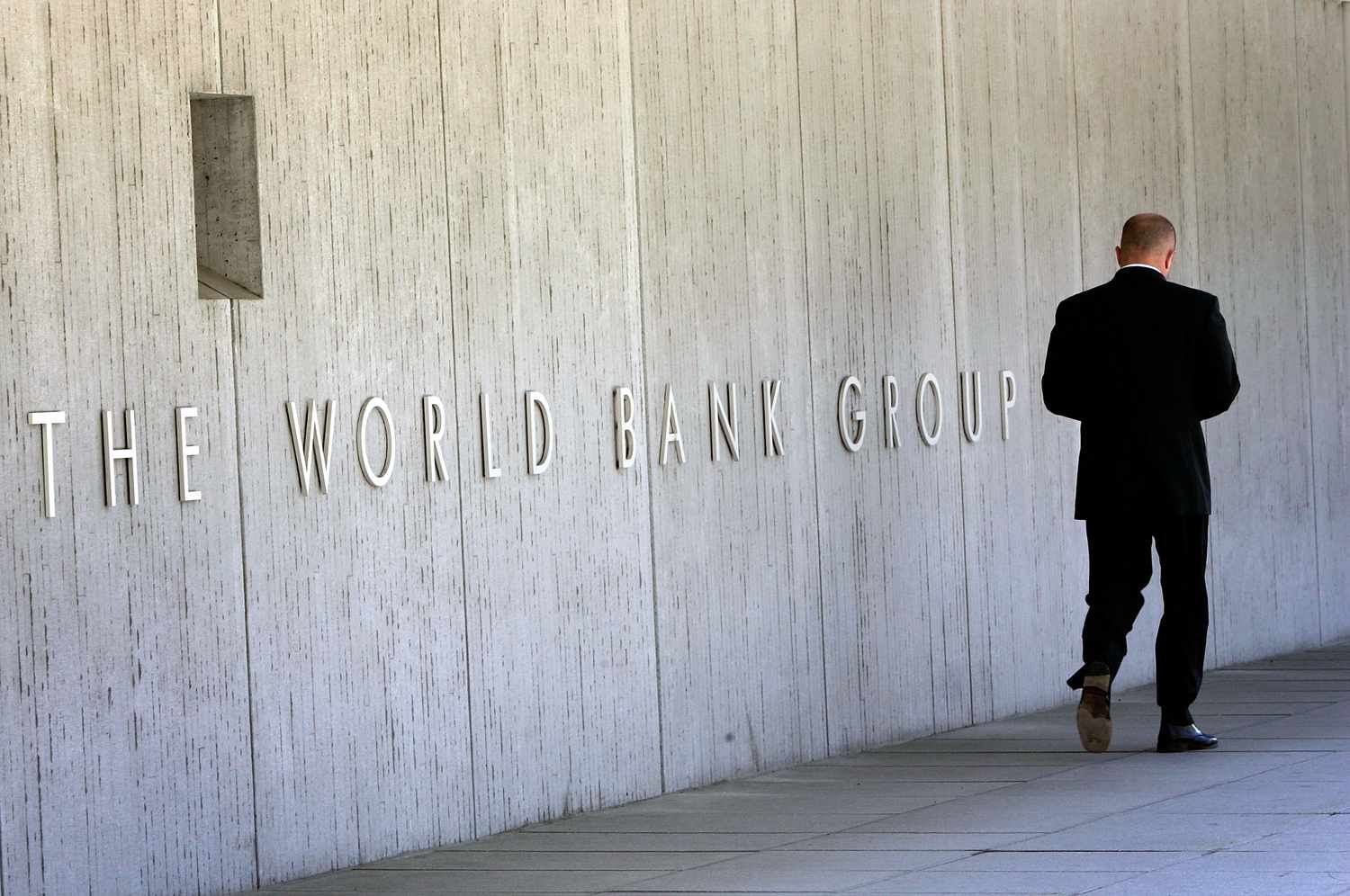On June 10, 2025, the World Bank downgraded its global economic growth forecast to 2.3%, attributing the revision to persistent inflation, weak investment, and a notable slowdown in trade.
This isn't merely a statistical adjustment, it's an indictment of the post-pandemic global order. The World Bank’s tone suggests an erosion of the structural conditions necessary for convergence, growth diffusion, and resilience.
The downgrade exposes a world economy that is decoupling, where capital flows follow geopolitics more than efficiency. The Global South is being reshuffled into a lower-growth periphery, reinforcing vulnerabilities entrenched by the last crisis.
Multilateral institutions, policymakers, and regional coalitions must resist the trend toward insular economics. What’s needed is not stimulus, but strategic redesign, a rethinking of debt management, trade governance, and institutional legitimacy.
The World Bank’s June 2025 Global Economic Prospects report doesn’t just revise expectations, it offers a diagnosis: the global economy is suffering from systemic fatigue. A growth forecast of 2.3%, for the fourth consecutive year under 3%, reveals more than just headwinds. It exposes a slow decoupling of growth engines, a fraying of policy coordination, and the solidification of economic hierarchies.
What was once assumed, that economic liberalization would ensure global convergence, is no longer tenable. The numbers suggest not cyclical drag, but structural inertia. Behind the sterile statistics lies a more troubling trend: the rules of the global economy are being rewritten, but by fragmentation, not design.
The post-2020 recovery was supposed to be transformative, green, inclusive, digital. Instead, inflationary surges, capital tightening, and geopolitical ruptures interrupted that momentum. The current downturn is not about excess or misallocation; it is about disillusionment with multilateralism.
Previous global recoveries were powered by a coherent institutional system. Today’s economic order is defined by absence: absent trust in global trade rules, absent consensus on fiscal discipline, and absent leadership on collective investment. The World Bank’s repeated downgrades reflect a system losing coherence, not just strength.
According to the report, advanced economies will grow at 1.2%, dragged by fiscal fatigue, labor market rigidity, and tightening monetary regimes. Developing economies are forecasted at 3.9%, but the headline masks divergence. Commodity exporters are seeing volatile returns, while debt-laden importers face austerity traps. Global trade is expanding at less than 2%, a stark reminder that fragmentation has economic teeth.
The report highlights that dozens of low- and middle-income countries are grappling with unsustainable debt burdens. Even modest external shocks can now destabilize entire regions, revealing fragilities embedded in financial dependency.
The World Bank signals urgency, but its tools remain constrained by governance structures that favor creditor nations. The Global South is positioned as both casualty and battleground, facing a fiscal cliff without the policy space or market confidence to cushion the fall. Meanwhile, advanced economies are consumed by domestic polarization, weakening global leadership and placing national interest above global stewardship. Multilateral institutions are squeezed between political irrelevance and technocratic overreach, struggling to assert influence amid institutional decay.
The risks are significant. Sovereign defaults could increase, forcing painful IMF interventions and triggering social unrest. Climate goals may be sidelined as countries prioritize growth-at-any-cost. The move toward friendshoring and regional trade zones may calcify, reducing the global economy’s adaptive capacity. High unemployment and declining education investment may incubate long-term unrest.
To stabilize the system, a new debt compact is required. Restructuring must be streamlined through G20 platforms, ensuring private creditor inclusion and the embedding of sustainability clauses. Regional financing mechanisms must be scaled up: African and Asian Development Banks should evolve into policy anchors, not just loan dispensers. Trade governance must shift from liberalization to resilience, prioritizing protected corridors and insulating them from political shocks.
The expected outcomes of this shift include more agile debt negotiations with equitable burden-sharing, rebalanced finance flows toward long-term infrastructure, and the restoration of political legitimacy to multilateral institutions through shared agenda-setting.
However, risks remain. Creditor fragmentation may impede collective action. A global leadership vacuum threatens to stall reforms if no consensus emerges among the U.S., EU, or China. A regionalization backlash is also possible, where uncoordinated "go-local" efforts entrench inefficiencies.
Success should be measured through the stabilization of sovereign debt risk ratings across over 20 emerging markets by Q2 2026, the rebound of cross-border investment flows to 2018 levels, and trade volume growth sustained above 3% for three consecutive quarters.
This is not a slowdown. It is a structural stall. The World Bank’s warning is less about numbers than about order, or its absence. The global economy is growing, but the direction of that growth no longer reflects inclusive ambition or institutional coherence. It reflects disjointed motion shaped by power asymmetries, unequal access, and fragmented policy responses.
If left unaddressed, 2.3% growth may become the new norm, not because productive potential is exhausted, but because the coordination mechanisms that once mobilized that potential are failing. This is growth by inertia, not by design—progress divorced from purpose.
The path forward isn’t another fiscal push or accommodative cycle. It is a systemic redesign. And the choice facing global leaders is increasingly binary: either recalibrate the system collectively, or fracture into parallel and adversarial economic blocs with lower efficiency and higher instability.
Today’s economic fatigue is the legacy of prior diplomatic indulgences, of trade-offs made in secret rooms, of alliances built on exclusion, and of crisis responses shaped by short-term national priorities rather than long-term systemic repair. Now that prosperity is faltering, the link is undeniable: the structural flaws were political before they were economic.
Sanctions, decoupling, interest rate wars, and politicized trade regimes have replaced the logic of development with the logic of dominance. And now the returns are diminished, not just economically but systemically. Change is no longer optional, and no actor—however powerful—will escape the consequences of a rules-based system that no longer knows who writes the rules.
We are not witnessing cyclical fatigue; we are confronting the limits of an outdated order.

